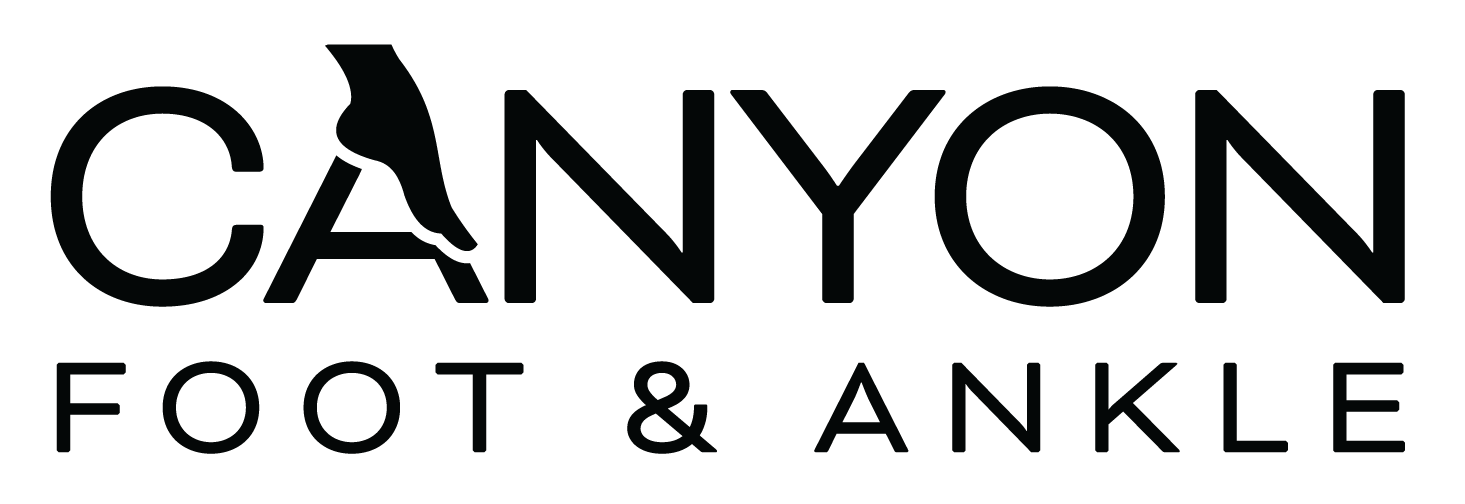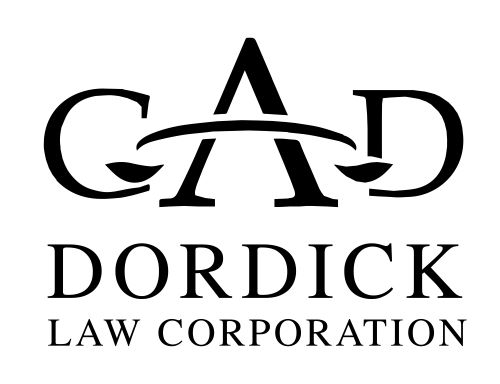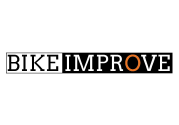Tire and Tube Preparation
Don't leave your tires or tubes to chance on race-day! When in doubt, replace in advance and test if necessary. Your time and money spent getting to the finish line is an important investment.
A) Types of tires: Sew-ups vs. clincher?
B) Types of tubes: Butyl vs. Latex?
C) Valve Extender preparation
D) Repairing punctures
E) Installation of tubes and tires
A) Types of tires: -Standard with steel wire bead, not foldable, heavy, affordable, can be used as primarily training tires. -Kevlar-foldable, lighter, more expensive and good as training or racing tire. -Poly cotton kevlar-faster, lightest, most expensive, normally racing only. Wears out faster. Width: 20mm vs. 23mm? 20mm is normally a little faster due to less surface area friction, less in weight and wind resistance, usually a stiffer riding feelÅ ..23mm is normally a preferred size to use when training. It also has a smoother feeling ride and requires less air pressure to run. Dual compound-tires offer better performance. They provide a harder center compound for less rolling resistance and a softer/sticky side compound for increased traction while cornering for maximum speed and efficiency. Size-650c1s are generally used for time trial/triathlon type bikes, they accelerate faster, but don1t roll as smoothly at a faster top-out speed like 700c1s. Sometimes size indeed matters, given there is a more efficient size for every type of bike and its rider. Distances will vary, as will race conditions that better determine your optimal wheel size and or geometry for particular types and lengths of various triathlons. Here are some brief explanations-to help decide which type of tire that is best for you. Sew ups- are ideal for race-day. They are the most expensive combination to use. But offer the least amount of rolling resistance and are effectively the most comfortable riding tire for speed. However, these are not the most durable and more costly to repair professionally: about $20.00/tire not including S&H. (Average cost per tire is approx. $50.00-70.00) Cinchers-are somewhat more affordable. Replacement tubes for these can also inexpensive. If you will only be using this type of tire combination, try using a better quality set of tires. Perhaps using a lighter Latex tube for your preferred racing set-up; reserving the standard set with heavier butyl tubes for your training needs only.
B) Butyl tubes vs. latex tubes: Most people use butyl tubes because they are more affordable to replace and easier to repair. However, besides being a lot lighter, Latex tubes offer significant less rolling friction inside your tires; which means a faster, smoother ride. And over a 112.5-mile race that can make a big difference. Don1t choose Latex if you will be riding on cross-country training rides or races with less than desirable street surface conditions. Choose your proper valve type: Presta or Schraeder?
C) Valve extenders-Choose by length and type required. Your rim and or wheel choice will determine this for you. Shallow aluminum rims, carbon or deep section carbon wheels will require longer types. -Standard length valve extender sizes are: 30mm, 50mm, 60mm or 80mm -Extender with removable inner valve core. -Extender with adjustable inner barrel. Usually made of brass. Does not Oxidize due to salt air exposure. Note: Always use Teflon tape when using valve extenders of any type. Tape should be *2 wide and 1-1/22 in length and cover the threads of the tubes valve. Secure valve ext. with pliers if possible and check for inflation leaks. Let the air back out, fold and store properly. Never store tubes using only velcro straps behind seat. Instead, secure with electrical tape and place inside plastic bag and put inside saddle bag or jersey pocket to prevent premature punctures. Always use caution when securing spare folding clincher or sew-up tire using velcro straps. Fasten under seat or to a rear hydration system. (i.e.: Xlab System!)
D) Repairing punctures-Begin with carefully removing tube using tire lever. Inspect tube for holes or cuts by putting a little more air in tube. If location of puncture is not obvious, then carefully use your fingers to inspect the inside area of your tire for any remaining glass, thorns or nails. If you just hit a bump and the tire has gone instantly flat, the tube probably has been pinched by the wheel rim. If time permits, save money by repairing the puncture instead of just replacing the tube. Dip the valve and entire tube in a sink or bucket full of water and check for bubbles. Repair the hole using a standard repair kit. Tube repair-First; clean the surface around the puncture using the provided sandpaper or scraper. Then apply an even layer of glue, allow drying about 3-5 min. Apply the second layer and allow to air dry until tacky. Then remove the foil side of the patch and press face down firmly. Smoothing it out to remove any trapped air. Use tire lever to feather the edges of the patch into the tube. Note: the patches vulcanizing side is usually orange in color. Do not remove clear tape on back of patch until patch is dry and firmly in place. Apply chalk or baby powder if desired, it provides needed lubrication between the sticky surfaces to remove rolling friction and innerwear. (Note: Careful not to damage tube when using tire lever and make sure tire beads drop evenly into the well of the rim before inflating the tire fully again.)
E) Installing sew-up tires: If it is at all possible these should be installed by a professional at you local bike shop! Proper installation normally requires about 2 days for the glue to adequately dry and the tire seat itself safely. Most new sew-up tires should be pre-stretched before mounting, including the spare tire whether or not it is being stored at home or on the bike itself. Ideally the spare tire should have about 25 miles or a few days of riding on it before use. Therefore by allowing time to stretch, this will make it extremely easier to remount in the unfortunate event your get a flat on race day. First step, remove the complete wheel. You will definitely need to use your tire lever and or allen key wrench (lengthwise) to begin the removal of your sew-up tire. (Keep in mind your tire was mounted using 2 layers of glue, so this won1t be an easy task.) In most cases, find the area opposite of the valve. (For leverage, positioning wheel between your legs and lower abdomen) Insert lever and begin peeling back tire off as much as possible; then by hand, firmly grip the tire with one hand while using the other hand to hold the rim in place and push down to further separate, then with both hands finish ripping off the tire by firmly pushing and pulling the tire away from the rim. Remember, leverage is key here! -The next step is to reinstall your pre-stretched tire making certain the valve already has the correct length and prepped extender in place. Place the wheel upright on the ground or on the top of your foot and start by inserting valve first, pulling and pushing the rest of the tire on using both hands again while firmly pressing down along the wheels edges. Once it is on, use your pump or Co2 cartridge adapter to inflate the new tire. Preferably select an adapter with an airflow regulator. This will allow you to start out slowly while at the same time checking for any leaks and a proper fit. (Note: Make sure the adapter is firmly secured to the tire valve before engaging the Co2 cartridge!) Using tire mounting glue is not recommended during this procedure as it will not have the proper amount of time to dry and will therefore only be pushed out to each side of the rim as you begin refill with air pressure. Very Messy! Use paint thinner or Acetate to remove any access from tires, rim and hands. Finish by pressing down on tire checking to see for enough air pressure. Remount the wheel to the bike facing in the right direction and properly tightening the quick release. (Note: For the remainder of your race, proceed with caution when approaching high speed turns and when braking at all times.) Good Luck!



